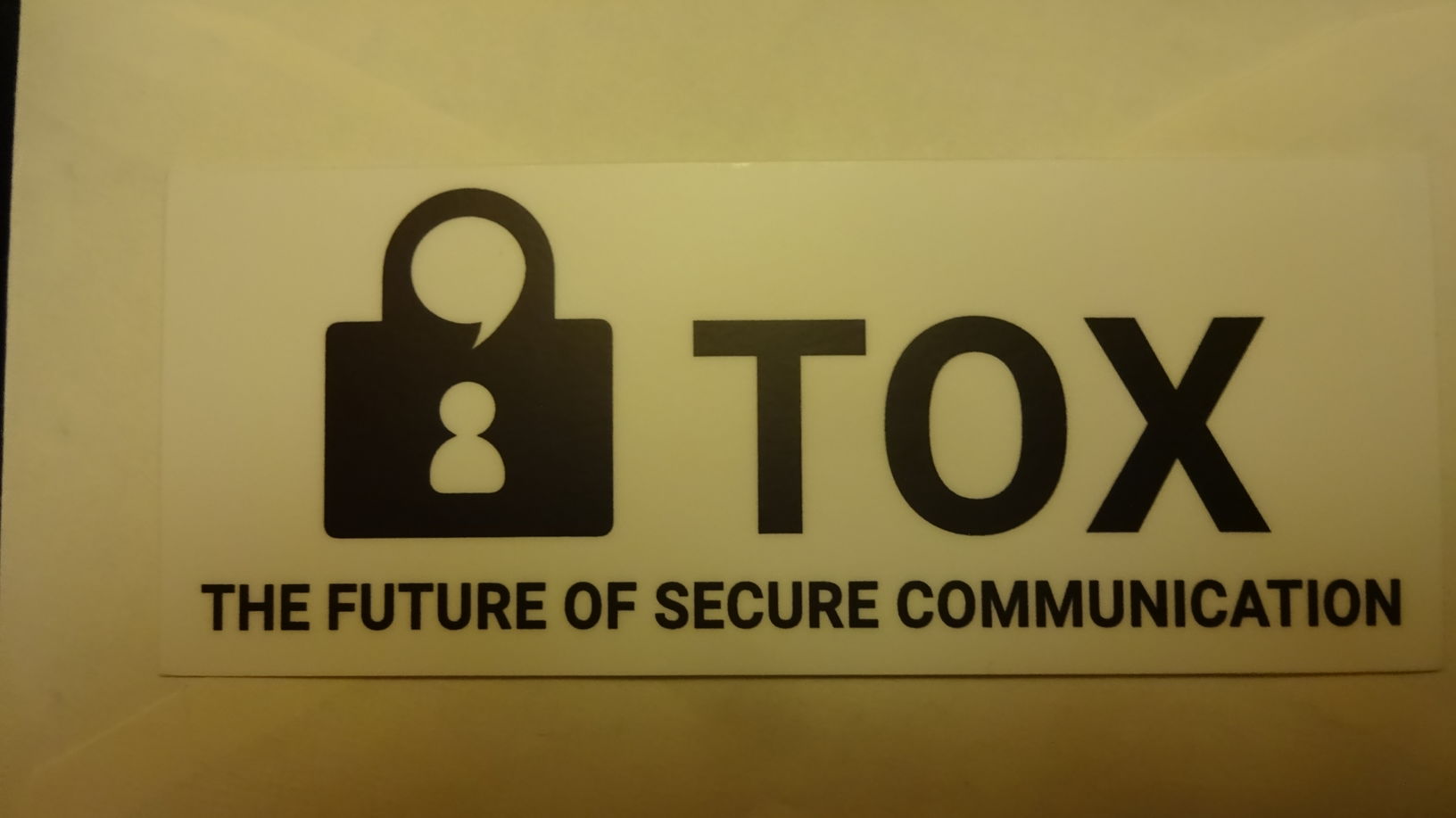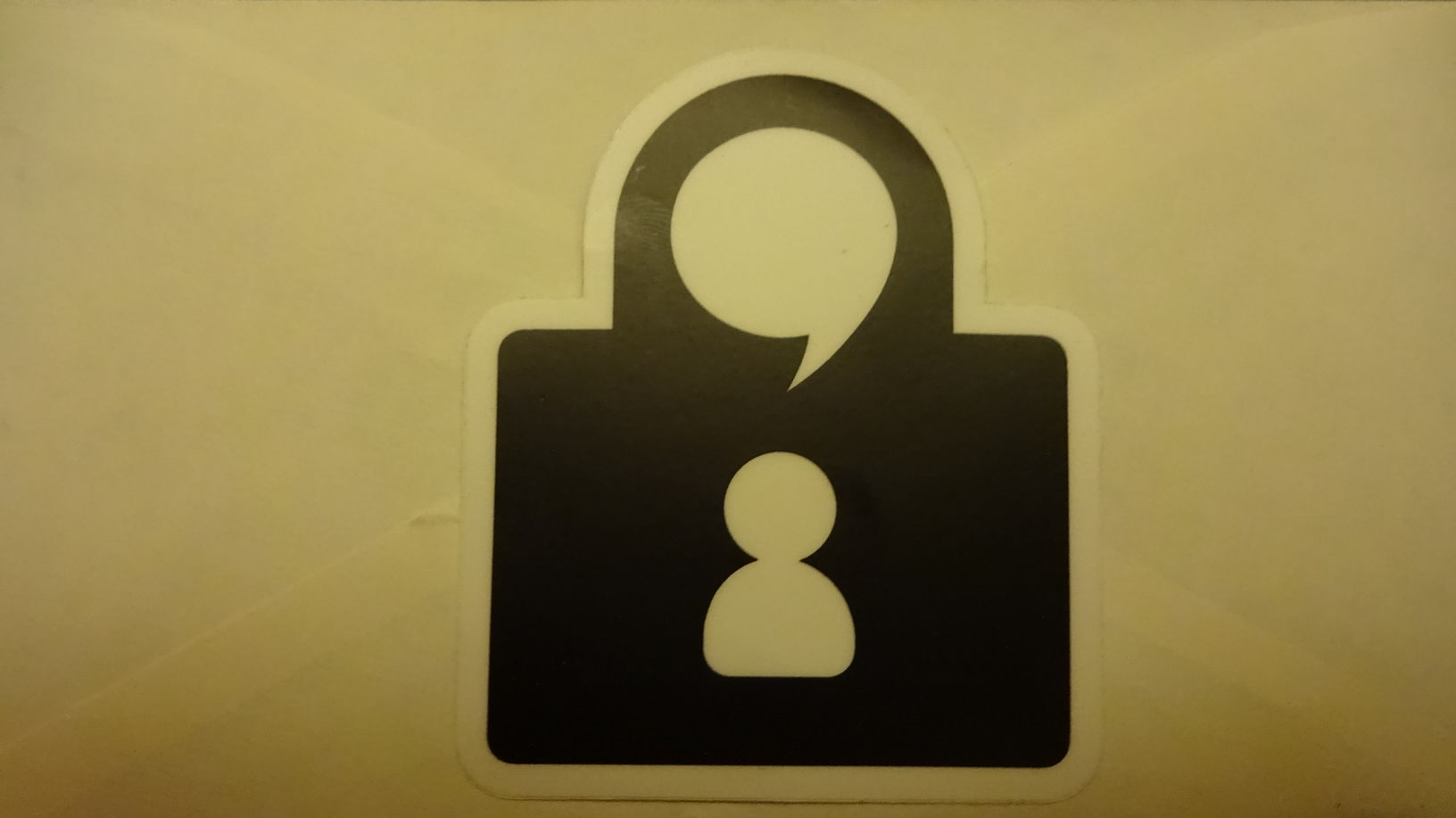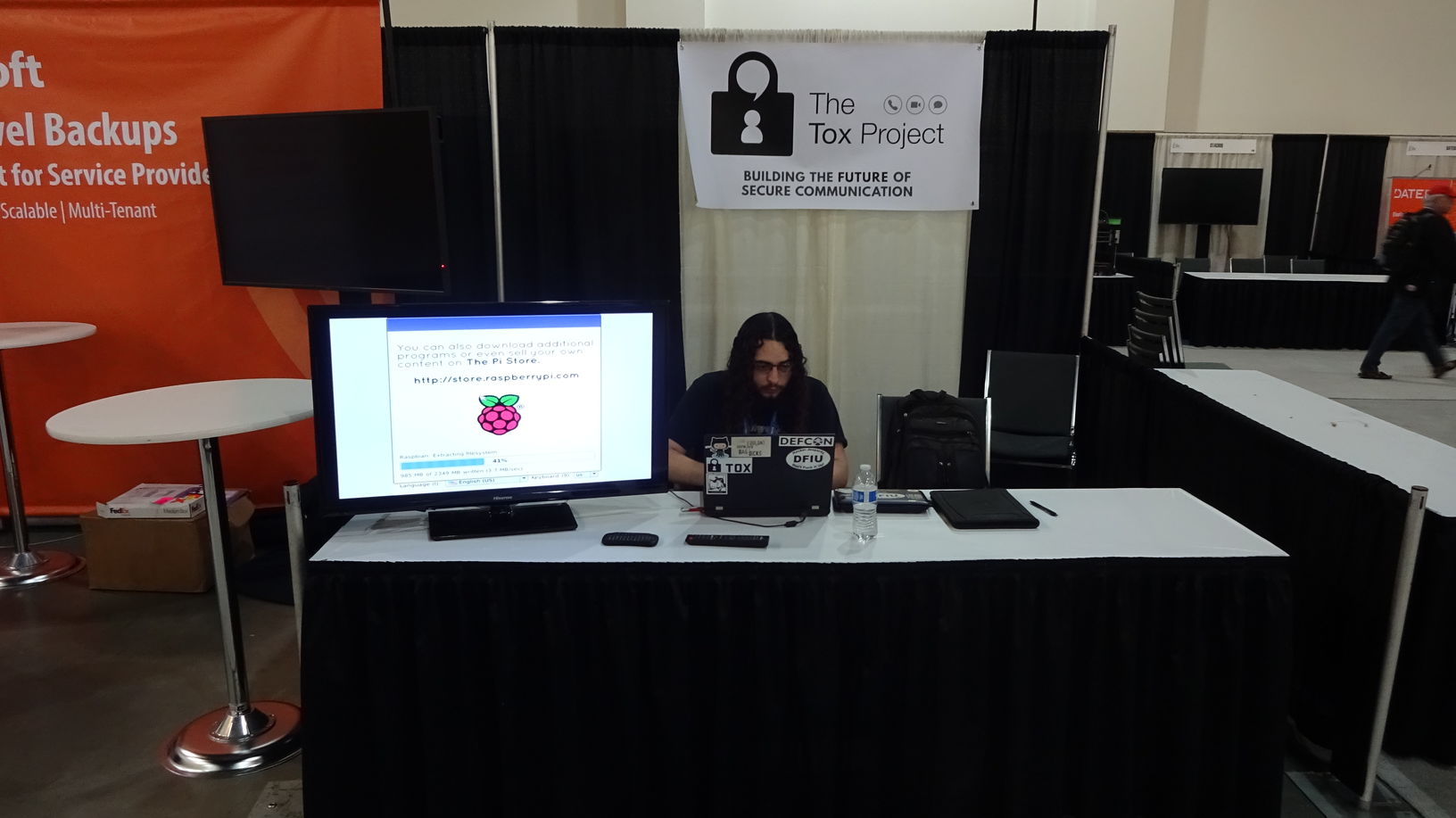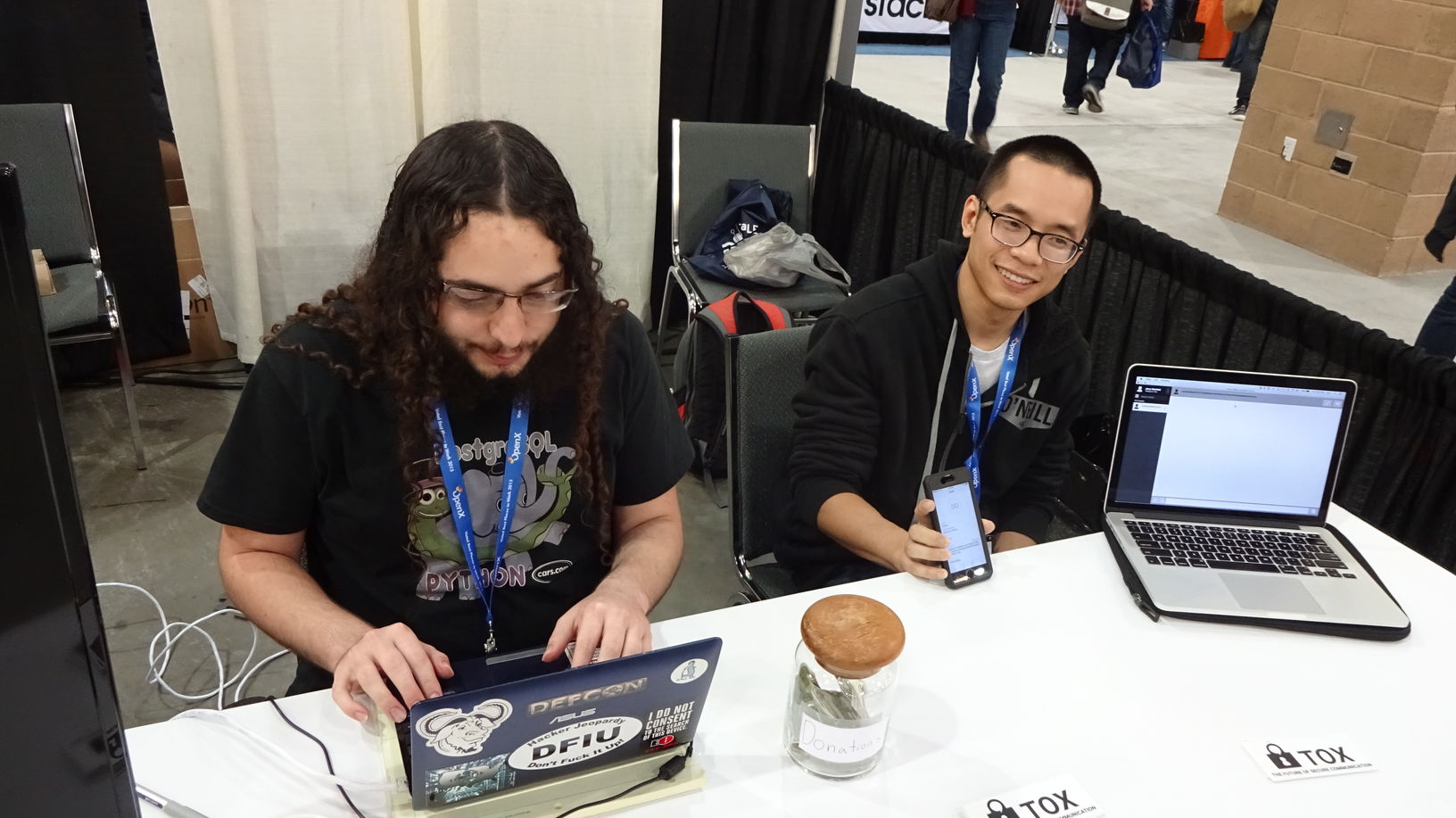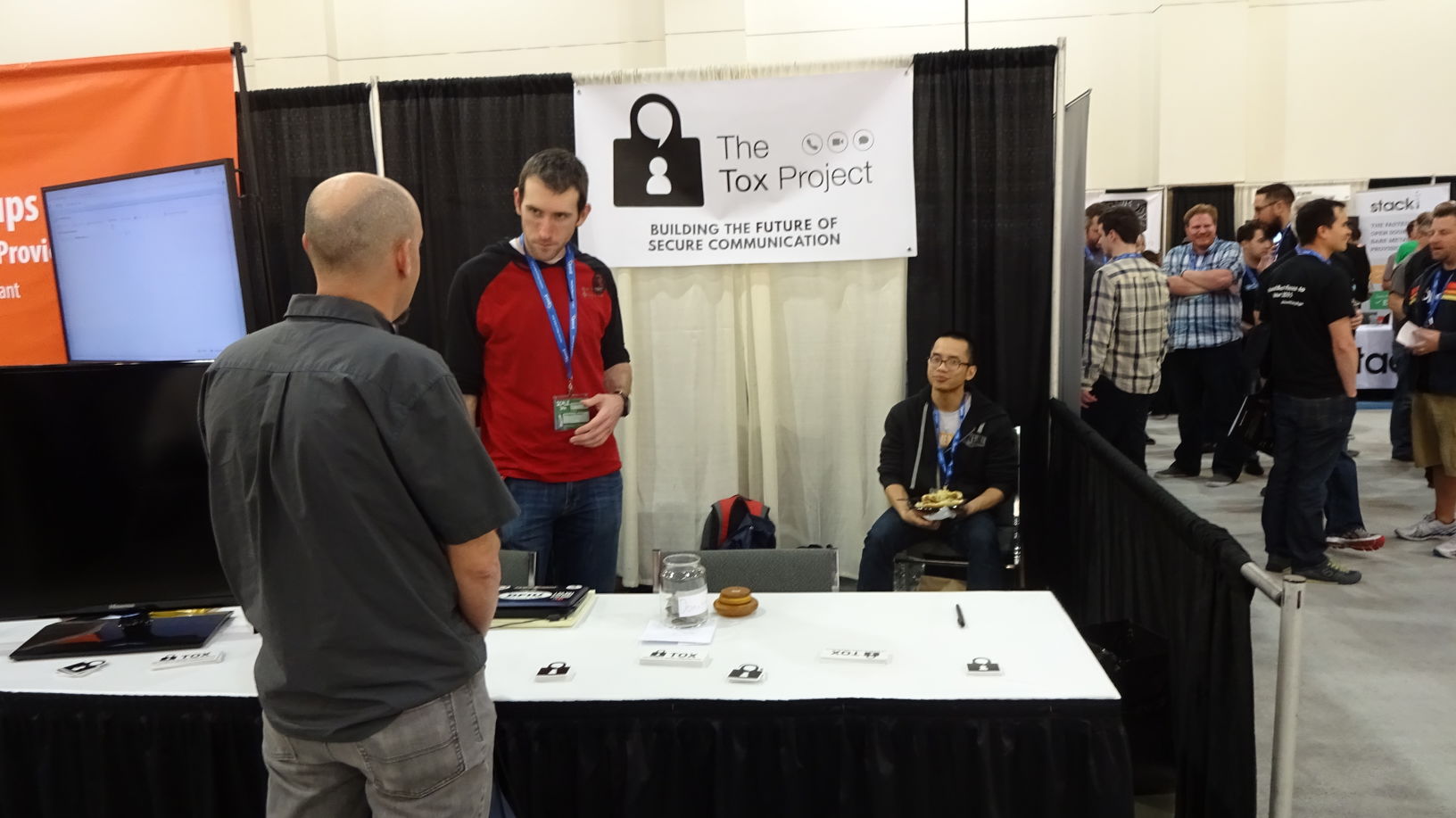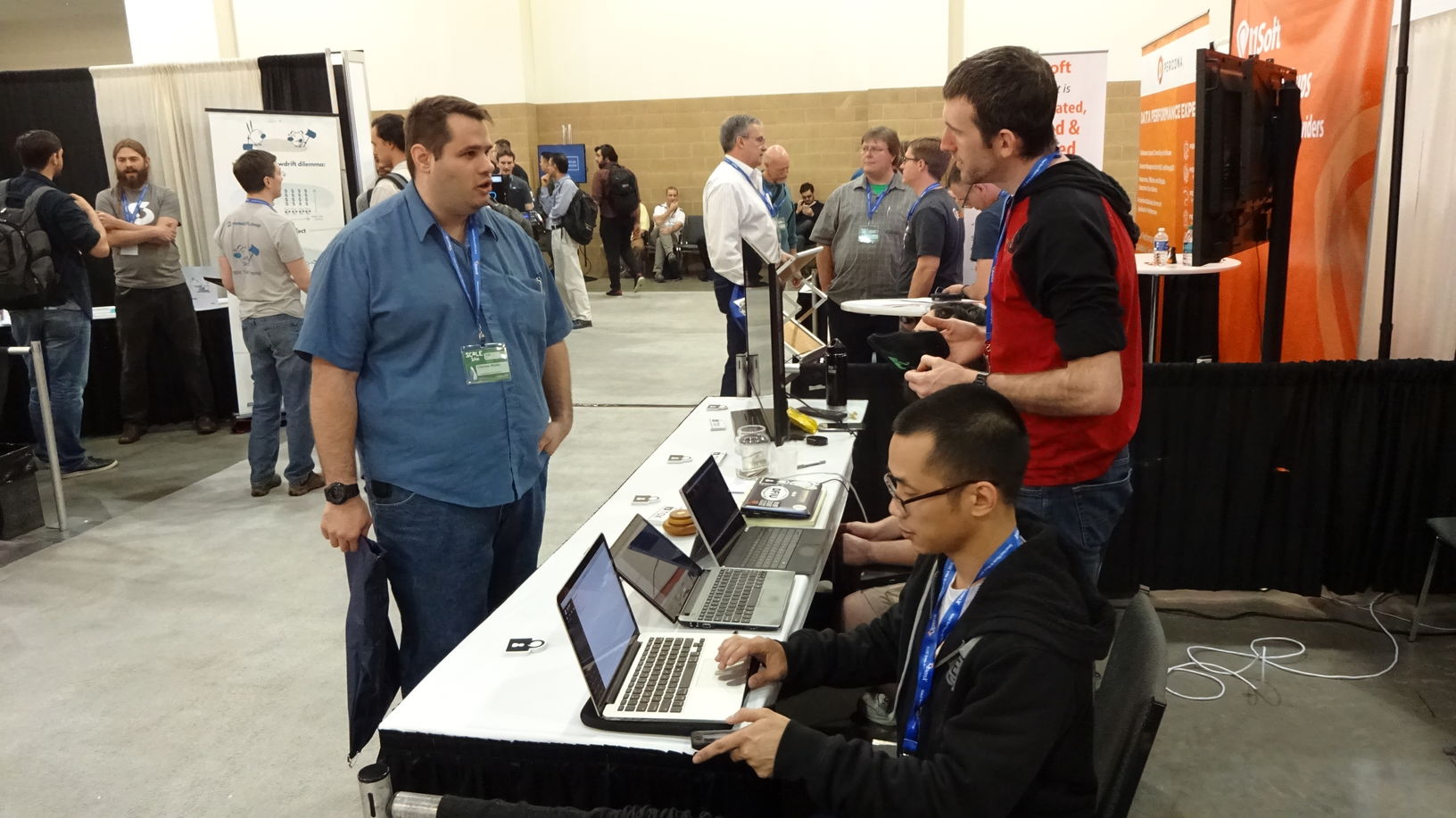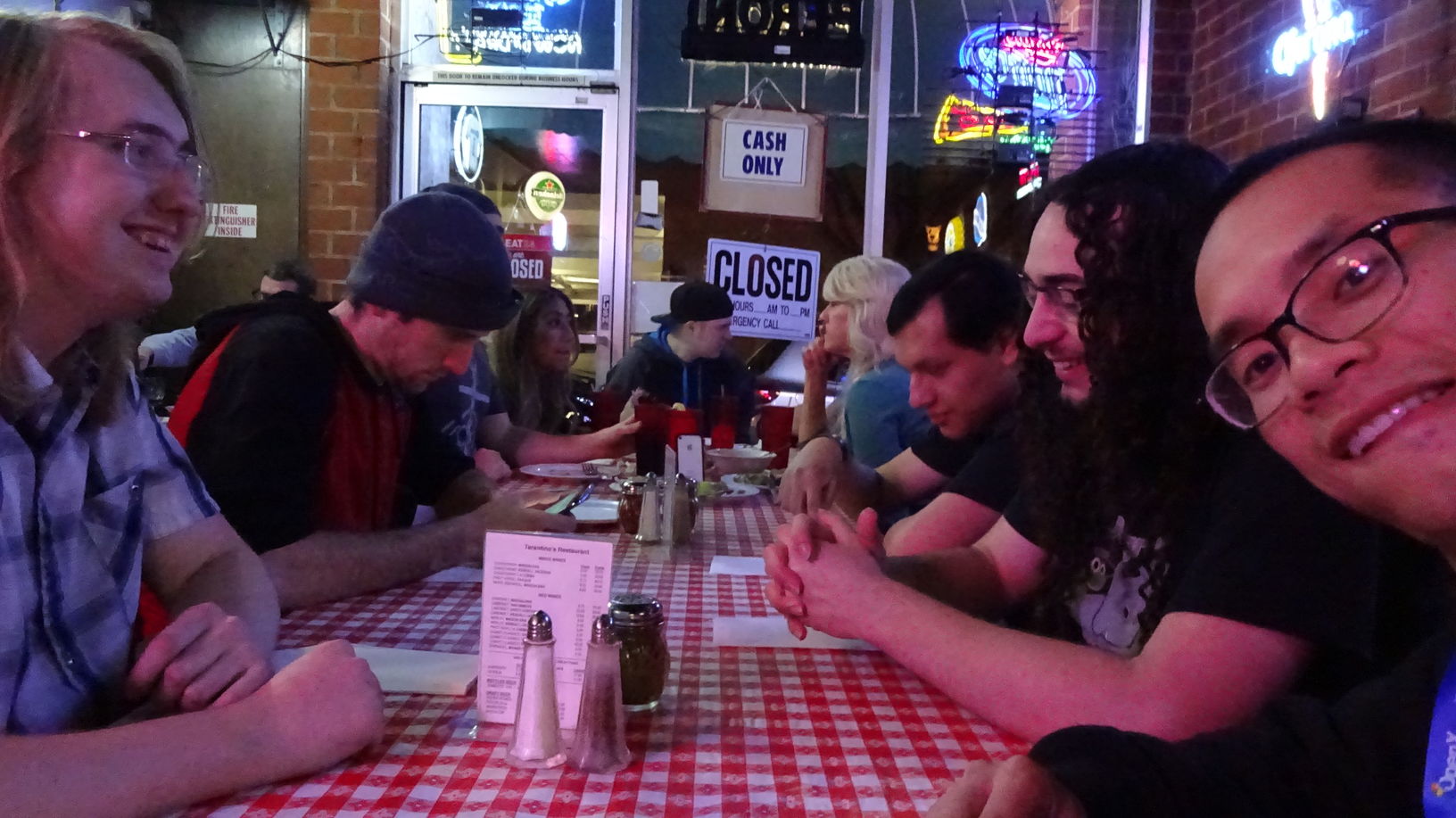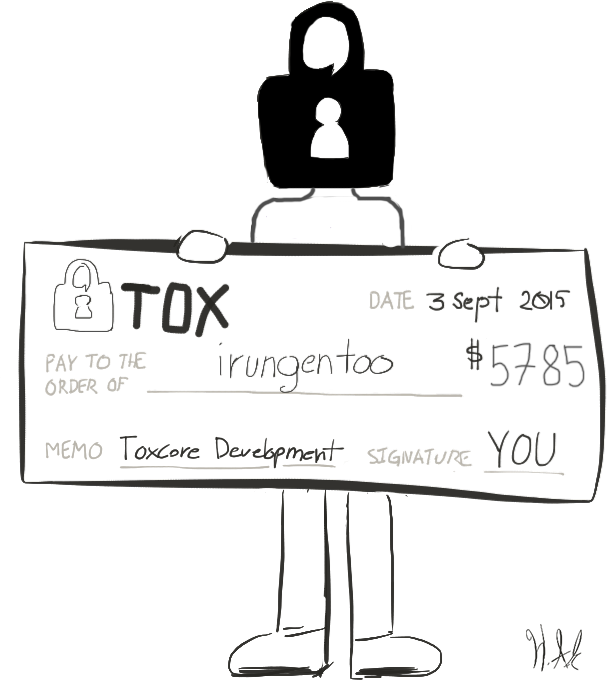With the new groupchats almost complete I thought it was time for another big testing session, and this time I decided I would take you all along for the roller coaster ride of fun. Before you read any further, I should warn that this is a technical post geared towards the programmers and developers in the crowd. If protocols and C code aren’t your thing, click here.
For those who don’t know what fuzzing is, it’s a form of random code testing. The idea is simple: feed your program random/malformed data and wait for it to crash; gather crash info, fix the crash, and repeat (or log the crash and keep going). The purpose of this type of testing is to explore the deep dark corners of the state space in order to catch bugs that normal usage or unit testing would almost certainly miss. These types of bugs—particularly in memory unsafe languages such as C—can lead to subtle vulnerabilities that leave the door open for exploitation.
There are different levels of fuzzing ranging from dumb to smart, which explore different aspects and depths of the application protocol. An example of the dumbest form of fuzzing would be to fill a packet with completely random data and send it to the packet handler. Dumb fuzzing theoretically guarantees 100% code coverage given enough time, but in reality the universe will probably end before it ever gets past the first hash check. Conversely, smart fuzzing creates valid data and modifies/corrupts it to varying degrees. This ends up covering a smaller state space, but in practice has much greater code coverage, and is generally more useful for all but the simplest of programs.
I chose only to use two levels, where level-1 is dumb-ish and level-2 is smart-ish. Something highly complex like a compiler or a web browser might require 6 or 7 levels or even more, but the groupchat protocol is pretty simple and more straightforward by comparison. In hindsight, a 3rd level might be warranted, but each added level greatly increases the amount of work, and I’m not convinced that it would be worth the effort, as even level-1 fuzzing has satisfactory code coverage much of the time.
Before going any further, it would be helpful to understand the structure of a Tox groupchat packet:
[ IP/UDP | Header 1 | Header 2 | App data ]
Zooming in to the three sections we care about:
Header 1: [ Packet ID (1 b) | Chat ID hash (4 b) | Sender PK (32 b) | nonce (24 b) ]
Header 2: [ Random padding (0-8 b) | Group packet type (1 b) ]
App data: [ Sender pub-key hash (4 b) | payload (0-? b) ]
The first header is a plain-text section comprised of integrity checks; if any of these are invalid the packet will be discarded. The second header, which is encrypted along with the rest of the packet, mitigates certain types of length-based packet analysis with padding, and tells us what higher-level function needs to be done. Due to the very simple nature of these headers and the straightforward way in which they’re handled, unit testing and manual inspection would be better suited for this section of the code. Instead, I skipped all that and focused my efforts on the app data, or more specifically, the payload.
Level-1 targets everything starting after the sender pub-key hash in the app data. The code looks like this. What it does is create a data buffer containing a valid public-key hash and a bunch of random data as the payload (this is the app data section of the packet, which is always created before adding the headers). Then the packet is sent n times to each peer in the group, where n is the number of different packet types that we want to test. If the for loops in fuzz_send_group_packet() confuse you, check out the GROUP_PACKET_TYPE and GROUP_BROADCAST_TYPE enumerators in the group_chats.h file.
A few of the packet types only have a single data field in their payload, so for them this is actually close to the highest possible level of fuzzing. An example of this would be normal text messages, where the entire payload is the message itself. On the other hand, some of the packet types have numerous fields with sensitive parsing operations tied to them, and these are the ones that require us to go a bit deeper. For example, the sync response payload looks like this:
[ num_peers | peer_data_1 | peer_data_2 | etc. ]
What makes it complicated is the fact that peer data is itself just another series of data chunks of varied sizes (a protocol within a protocol), all of which must be treated as untrusted and potentially malicious. What happens if num_peers doesn’t reflect the actual number of peers being sent? What happens if critical parts of the peer data gets corrupted, such as the nick length? What happens if the packet is too small?
To answer these questions, we move to level-2 smart-ish fuzzing. I first need to create a valid sync response packet. There are different ways you could do this, but I chose the path of least resistance and copy-pasted most of the code for creating sync responses, adjusting things where needed. Most of that code isn’t too relevant here; the interesting part is the call to fuzz_gc_packet() at the bottom. Go ahead and take a look at what’s inside that function, as it’s the most critical part of the smart-fuzzing code, and differs quite a bit from the way level-1 randomizes packets.
Rather than randomizing every byte in the payload, bytes are randomized with a probability f, called the fuzz-factor, with use of the fuzz_this_byte() function. This is because I want to test packets with different levels of corruption. Having f constantly cycle with clock ticks means I can test payloads with a level of corruption ranging from 0 bytes to the entire thing. In addition to randomizing bytes, I sometimes also modify the data length. This tests bounds checking, although it’s only useful for packet types that don’t have a strict length requirement. For example, we would want to do this for sync responses because the sync response handler only checks the lower bound with the clause: if (length <= sizeof(uint32_t)).
Once I finished the tedious task of re-creating all the message sender functions in fuzz-form and made sure everything was working properly, it was time to try it out. I re-compiled the code with the LLVM address sanitizer enabled, and ran three concurrent instances (that is, three peers in one group, all spamming each other with fuzzed packets). I would then re-start the session every time it crashed or critically misbehaved. Some people might just settle for running it with a debugger attached, but with C there is no guarantee that invalid memory operations will cause a crash. The address sanitizer is a much more reliable tool for this purpose (though it has its own downsides that make debugging more difficult).
I ended up discovering a total of four bugs all within quick succession, two of which were memory related (fix 1), and two of which were behaviour related (fix 2). After gaining confidence that there were no more ‘easy’ bugs, I left the three instances running overnight while I slept, and found everything running perfectly when I woke up. Eight hours sounds like a lot of time, but in the world of fuzzing it’s only about average. It’s common for people to leave their fuzzers running over the weekend, or even for weeks at a time, although it’s highly context-dependent.
With that said, I think eight hours without a crash indicates a good deal of robustness (that or my fuzzer isn’t very good; hopefully the former). While I still can’t guarantee that my code is perfectly rock solid, and will not stop testing here, I have much more confidence in it now as we get close to merging the new groupchats into Toxcore’s master branch.
If anyone has any suggestions, constructive criticism, or spots any errors, I’d love to hear about it in the comments. Happy Toxing!

